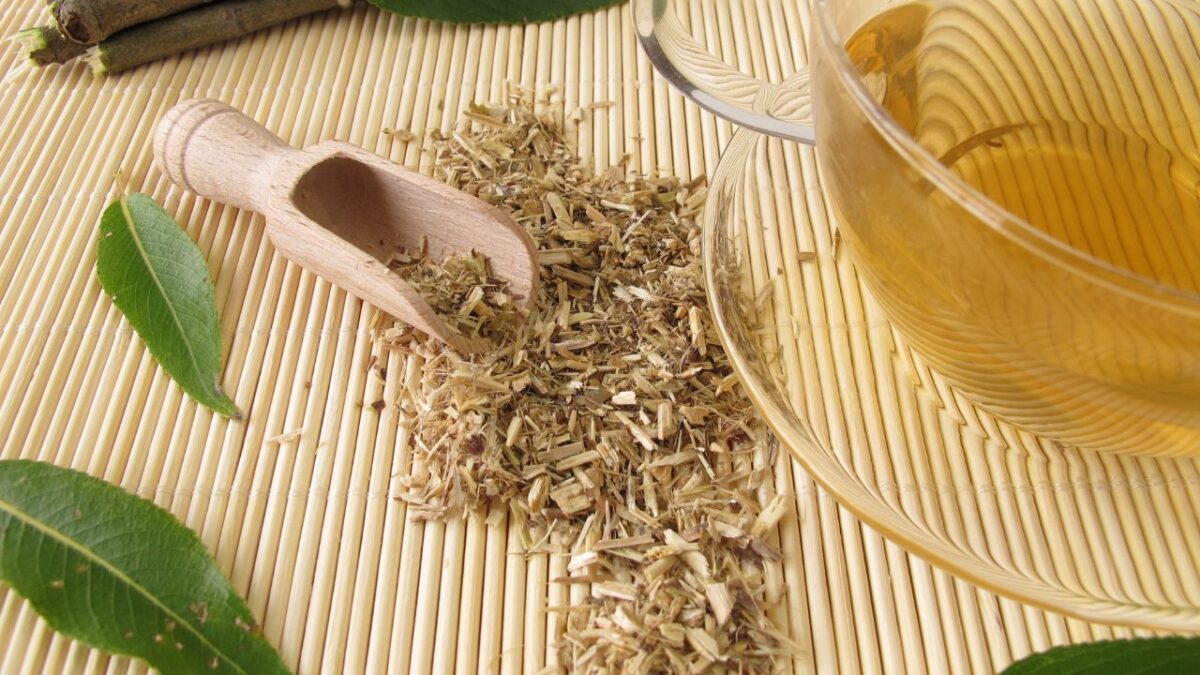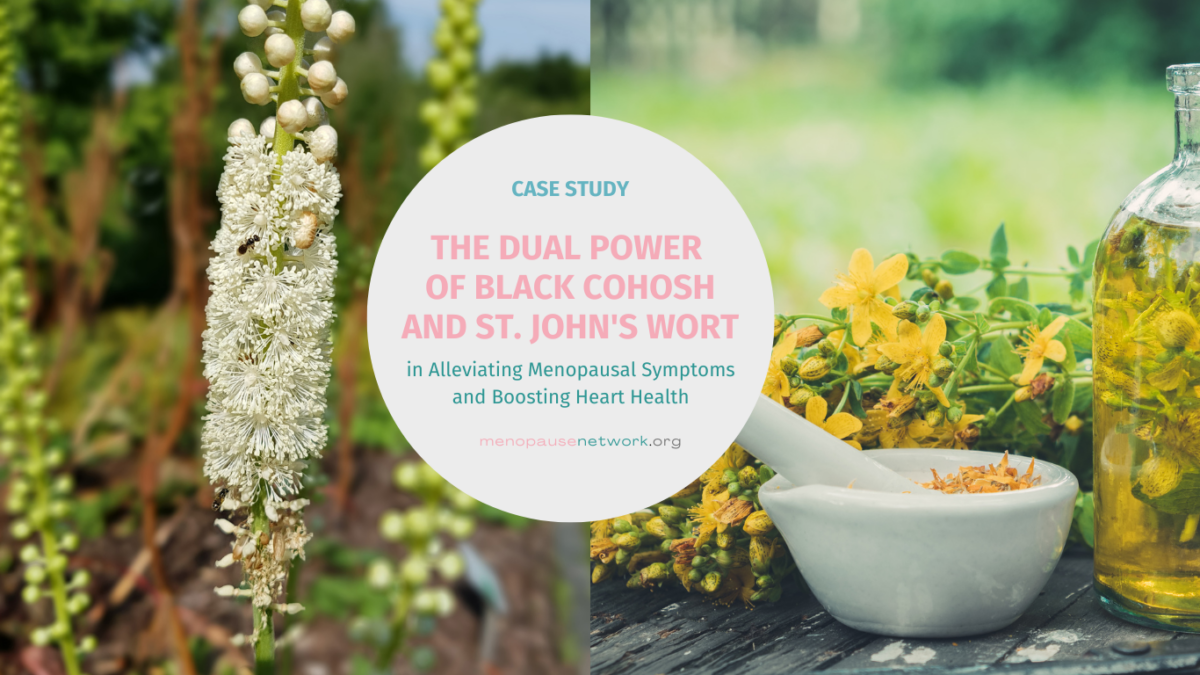Valerian Root as a Possible Treatment for Anxiety and Mood Changes During Menopause
Menopause can be a wild ride—hot flashes, mood swings, and sleepless nights can make you feel like you’re living in a completely different body. While hormone replacement therapy (HRT) is an option, many women are looking for natural ways to ease anxiety and balance their mood. One herbal remedy that’s been getting attention? Valerian Root—a plant known for its calming effects that might just be the stress relief you need.
What Is Valerian Root?
Valerian Root comes from the Valeriana officinalis plant and has been used for centuries as a natural sedative. Often called “nature’s Valium,” it’s packed with compounds that help relax the nervous system. You’ll find it in teas, capsules, tablets, tinctures, and even essential oils.
How Valerian Root Can Help During Menopause
So, what can this herbal powerhouse do for menopause symptoms?
May improve symptoms of Hot Flushes
Hot flashes are super common during menopause and can really mess with your career, social life, and overall quality of life. One study looked into how effective Valerian is for treating hot flashes in menopausal women. In this study, 68 women experiencing hot flashes were randomly assigned to either a Valerian group or a placebo group. The Valerian group took 255 mg capsules three times a day for eight weeks, while the placebo group took identical capsules filled with starch. The severity and frequency of hot flashes were measured using questionnaires and information forms at three different points: two weeks before treatment, and four and eight weeks after starting treatment. The results were pretty clear. Women who took Valerian saw a significant reduction in the severity of their hot flashes (p < 0.001), while the placebo group didn’t see much change. When comparing both groups after treatment, there was a noticeable difference in hot flash severity (p < 0.001). Additionally, Valerian reduced the frequency of hot flashes at both the four-week and eight-week marks (p < 0.001), which wasn’t the case for the placebo group. So, Valerian appears to be quite effective in managing hot flashes during menopause. It’s a great option for women who want to avoid hormone therapy for any reason.
Helps Ease Anxiety
Valerian Root has been used as a natural remedy since ancient Greece and Rome to help ease anxiety. Unlike its delicately scented flowers, the roots have a strong odor, but don’t let that put you off—they’re packed with compounds that may help you relax. The roots, rhizomes, and stolons of Valerian are used in supplements like capsules, tablets, teas, and tinctures.
So, how does it work? Scientists aren’t entirely sure, but it seems to be related to various compounds in the plant, including valerenic acid and valerenol. These compounds can act on GABA receptors in your body. GABA is a neurotransmitter that helps regulate nerve impulses in your nervous system, promoting calmness and relaxation. Valerenic acid also inhibits an enzyme that breaks down GABA, boosting its calming effects.
Plus, Valerian might interact with serotonin and adenosine receptors, which play roles in mood regulation. Preliminary research also suggests that valepotriates, the compounds responsible for Valerian’s strong smell, may have anti-anxiety and antidepressant effects.
So, if you’re looking for a natural way to manage anxiety, Valerian Root could be a great option to explore. Just remember to consult with your doctor before starting any new supplement to ensure it’s safe for you.
Helps Improve Sleep
This flowering plant has a long history of being used to help people fall asleep faster and improve sleep quality. A meta-analysis of multiple studies found that Valerian Root can be effective in reducing the time it takes to fall asleep and enhancing overall sleep quality.
The meta-analysis reviewed 18 randomized placebo-controlled trials involving Valerian. The studies showed that women who took Valerian Root experienced a significant reduction in the severity and frequency of hot flashes compared to those who took a placebo. The researchers noted that while Valerian didn’t show a huge quantitative difference, the subjective improvement in sleep was significant.
Before you start taking Valerian, keep a few things in mind:
- Consistency is Key: Valerian tends to work best after two or more weeks of regular use.
- Watch for Side Effects: Some people might experience headaches, dizziness, or stomach issues. It’s important to consult with your doctor, especially if you’re pregnant, breastfeeding, or have liver issues.
- Potential Interactions: Valerian can interact with other medications and supplements, so make sure to discuss it with your healthcare provider.
How to Use Valerian Root
Valerian Root comes in different forms, so you can choose what works best for you:
- Capsules/Tablets – Take 300-600 mg about 30 minutes to two hours before bed for sleep support.
- Tea – Steep 2-3 grams of dried Valerian Root in hot water for 10-15 minutes. Drink it an hour before bedtime to help with relaxation.1
- Tinctures & Extracts – These liquid forms can be added to water or juice for quick absorption.
Are There Any Side Effects?
For most people, Valerian Root is safe, but it’s not for everyone. Some people report mild dizziness, headaches, or digestive issues. Also, it may take a few weeks of consistent use before you notice full benefits. Always check with your doctor—especially if you’re taking other medications.
Final Thoughts
Menopause can feel overwhelming, but natural remedies like Valerian Root may offer relief from anxiety, mood swings, and sleep disturbances. If you’re looking for a plant-based way to calm your nerves, it’s worth a try—just be sure to consult your healthcare provider first.
Disclaimer
The information provided in this article is for educational and informational purposes only and is not intended as health or medical advice. Always consult with a qualified healthcare provider before making any decisions or changes to your health regimen, especially if you are taking other medications or have existing health conditions. The efficacy and safety of Valerian Root, as discussed in this article, are based on general research and individual experiences may vary. The author and publisher are not responsible for any adverse effects or consequences resulting from the use of the information presented in this article.



